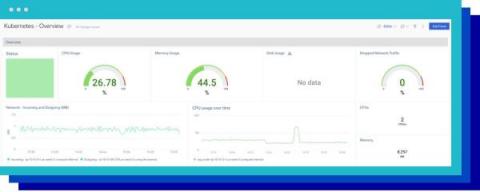10 things you should know about using AWS S3
Almost everyone who’s used Amazon Web Services (AWS) has used Amazon simple storage service (S3). In the decade since it was first released, S3 storage has become essential to thousands of companies for file storage. While using S3 in simple ways is easy, at a larger scale it involves a lot of subtleties and potentially costly mistakes, especially when your data or team are scaling up. Here are the most important things about AWS S3 that will help you avoid costly mistakes.











